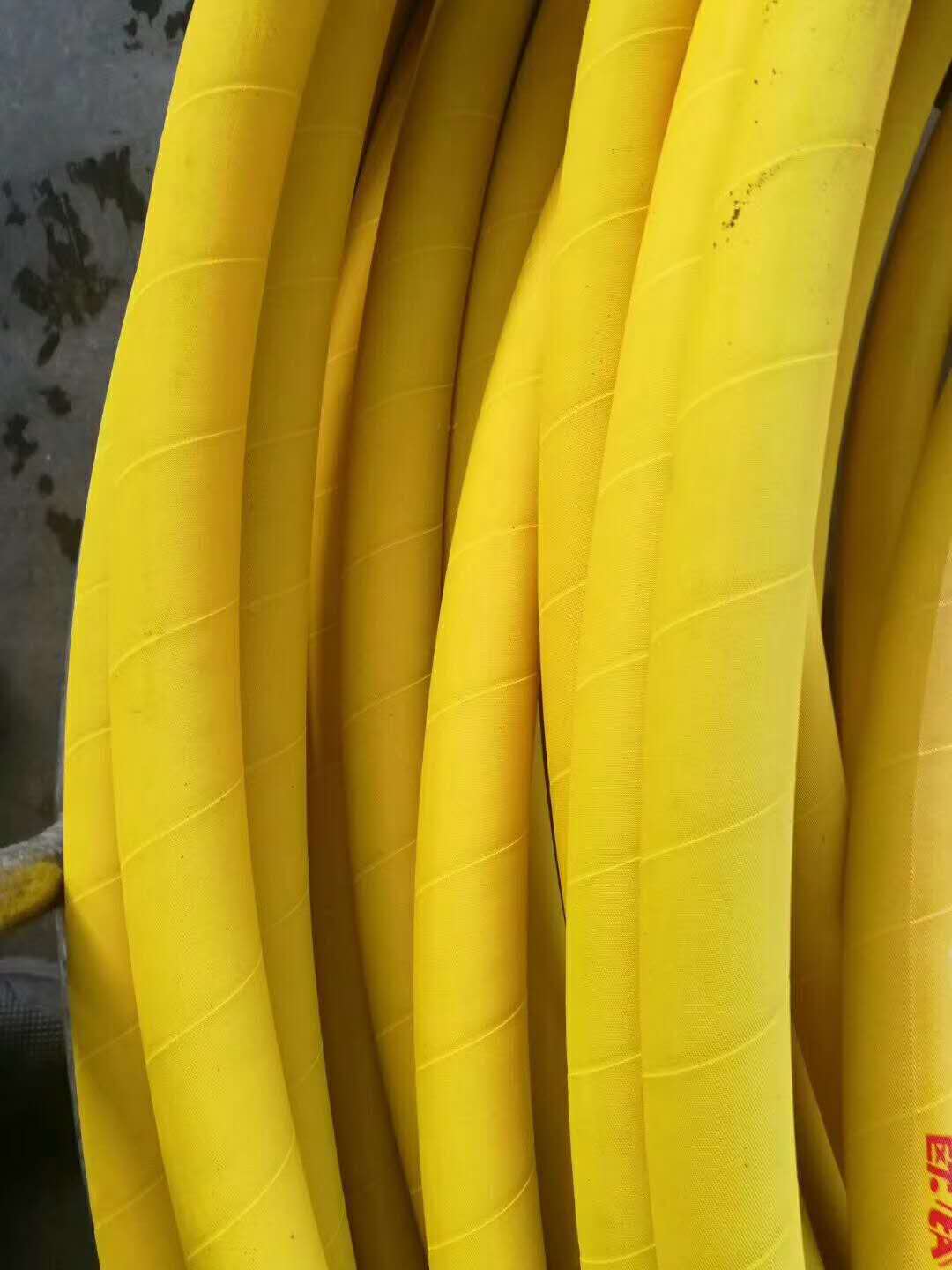335345435
Aug . 13, 2024 07:56 Back to list
OEM Braided Steel PTFE Hose Manufacturer for High-Performance Fluid Transfer Applications
OEM PTFE Steel-Braided Hose Factory A Comprehensive Overview
In the world of industrial applications, efficient fluid transfer systems are essential for the proper functioning of various processes. One critical component in these systems is the hose, particularly when dealing with extreme temperatures and aggressive chemicals. Among the most advanced options available in the market today is the PTFE (Polytetrafluoroethylene) steel-braided hose, which boasts a range of advantages over traditional rubber or plastic hoses. This article provides a closer look at OEM PTFE steel-braided hose manufacturers, their production processes, and the benefits of using these specialized hoses.
Understanding PTFE Steel-Braided Hoses
PTFE is renowned for its exceptional chemical resistance, enabling it to withstand various corrosive substances without degrading. This makes it a preferred choice in industries such as pharmaceuticals, food processing, and chemicals. When combined with a steel braid, the hose gains additional strength and durability, making it suitable for high-pressure applications.
OEM (Original Equipment Manufacturer) PTFE steel-braided hoses are typically custom-made to meet the specific requirements of clients. These hoses can be tailored in terms of length, diameter, and the type of fittings used, ensuring optimal performance in various applications. Factories specializing in these hoses are equipped with advanced technology and skilled professionals to ensure high-quality products.
The Manufacturing Process
The manufacturing of OEM PTFE steel-braided hoses involves several key steps
1. Material Selection The first step is selecting high-grade PTFE resin and stainless steel for the braid. The quality of these materials is crucial for the durability and performance of the final product.
2. PTFE Extrusion The selected PTFE resin is heated and extruded to form a seamless tube. This process is conducted under strict quality control to eliminate any imperfections.
3. Braid Application Once the PTFE tube is formed, it undergoes steel braid application. The stainless steel wires are woven around the PTFE tube, providing additional support and enhancing the hose's pressure ratings.
oem ptfe steel-braided hose factory

4. Fitting Installation After the braiding, fittings are attached according to the customer's specifications. These fittings can vary in size and type, including swivel and fixed options.
5. Quality Testing The final stage involves rigorous quality testing to ensure that each hose meets industry standards for safety and reliability. Tests may include pressure tests, chemical resistance assessments, and flexibility evaluations.
Benefits of PTFE Steel-Braided Hoses
- Durability The combination of PTFE and stainless steel provides exceptional durability, ensuring that the hose can withstand high pressures and extreme temperatures.
- Chemical Resistance PTFE hoses are virtually inert, making them suitable for handling a wide range of aggressive chemicals without risk of degradation.
- Flexibility Despite their robust construction, PTFE steel-braided hoses maintain flexibility, allowing them to bend and fit into confined spaces without kinking.
- Customization OEM manufacturers can tailor hoses to meet specific requirements, ensuring that clients receive products that perfectly fit their applications.
Conclusion
The growing demand for reliable fluid transfer systems across various industries has led to an increased focus on high-quality OEM PTFE steel-braided hoses. With their exceptional durability, chemical resistance, and customization options, these hoses are indispensable in today's industrial landscape. As technology continues to advance, OEM PTFE steel-braided hose factories will undoubtedly play a pivotal role in providing innovative and reliable solutions to meet an ever-evolving market need. Whether for high-pressure applications or corrosive environments, investing in quality PTFE steel-braided hoses is a critical step toward ensuring the efficiency and safety of industrial processes.
-
SAE 100 R17 Black Smooth Cover Hydraulic Hose
NewsMar.07,2025
-
SAE 100 R17 Black Smooth Cover Hydraulic Hose
NewsMar.07,2025
-
SAE 100 R17 Black Smooth Cover Hydraulic Hose
NewsMar.07,2025
-
SAE 100 R17 Black Smooth Cover Hydraulic Hose
NewsMar.07,2025
-
SAE 100 R17 Black Smooth Cover Hydraulic Hose
NewsMar.07,2025
-
steel wire braided hydraulic hose
NewsMar.07,2025



